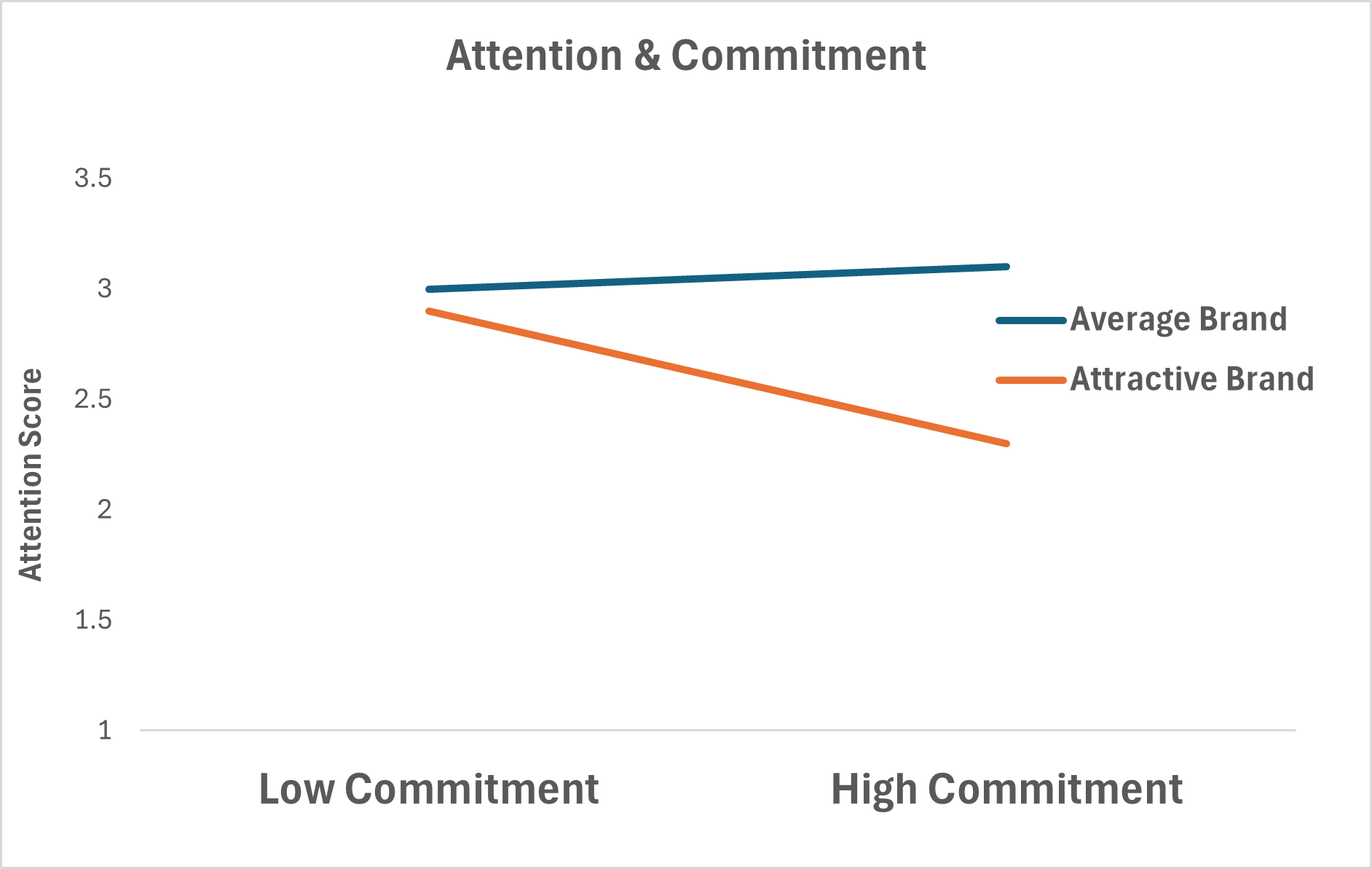Commitment Redux
People in highly committed relationships judge alternatives as less attractive compared with single people. This devaluing of alternatives carries over to brands too. Consumers who strongly prefer a brand evaluate the competing brand more negatively. Higher commitment causes people to focus on how the brand is dissimilar from their preferred brand, low-commitment consumers focus on similarities.
I first wrote about Commitment on these pages in 2011. Here’s an excerpt:
Committed donors have a higher average gift and lifetime value than the Un-Committed donor. We know how to measure the Commitment level and how to identify the activities your organization already engages in that actually impact it.
Since then we’ve conducted nearly a hundred Commitment studies across 8 different countries and four continents and collected Commitment scores from hundreds of thousands of donors. If you’re considering donor research, make it a Commitment study since it’s the only methodology that combines survey data with giving data and the only reliable way to find out which of your donor experiences matter and which ones don’t.
If you measure Commitment and know how to increase it you’ll get lots of downstream, compounding effects. Your Committed donors will give much less attention to otherwise attractive competitor brands. Ironically they’ll give more attention to the less attractive alternative but only to reinforce their existing preference. Low Commitment donors are going to be much more fickle and do more brand switching.

It is an attention economy. What causes attention is what matters and one of those factors is their Commitment or lack thereof.
Kevin


